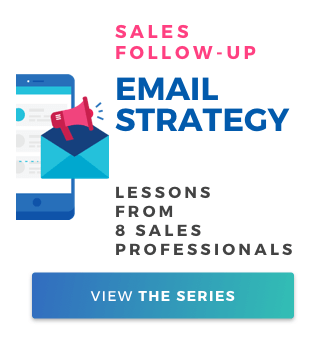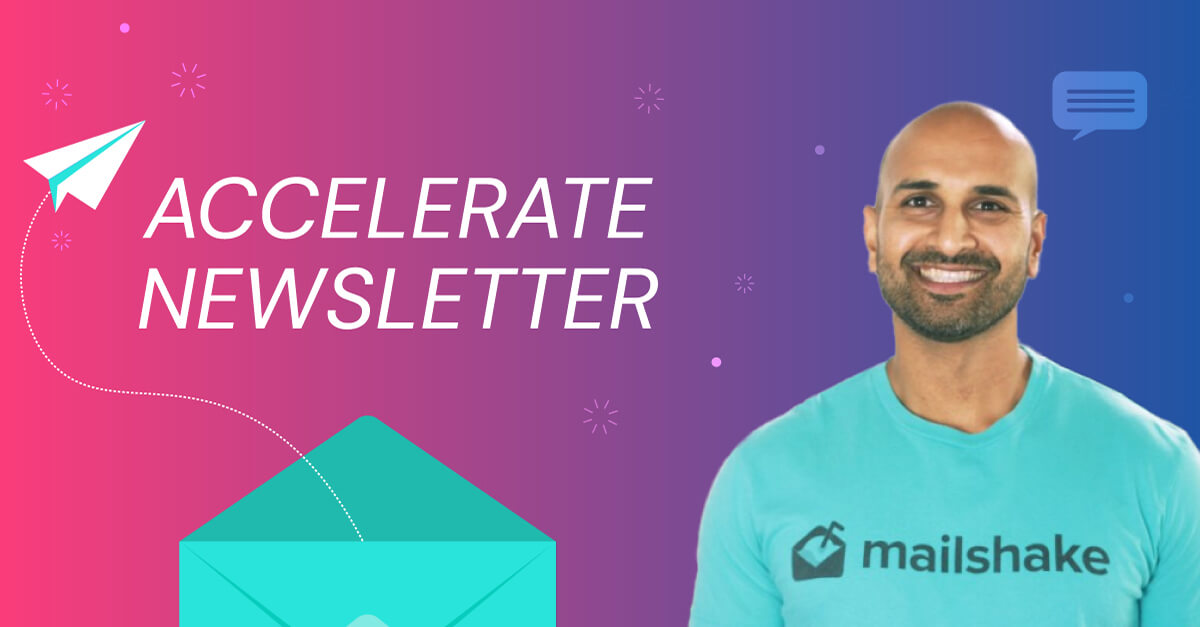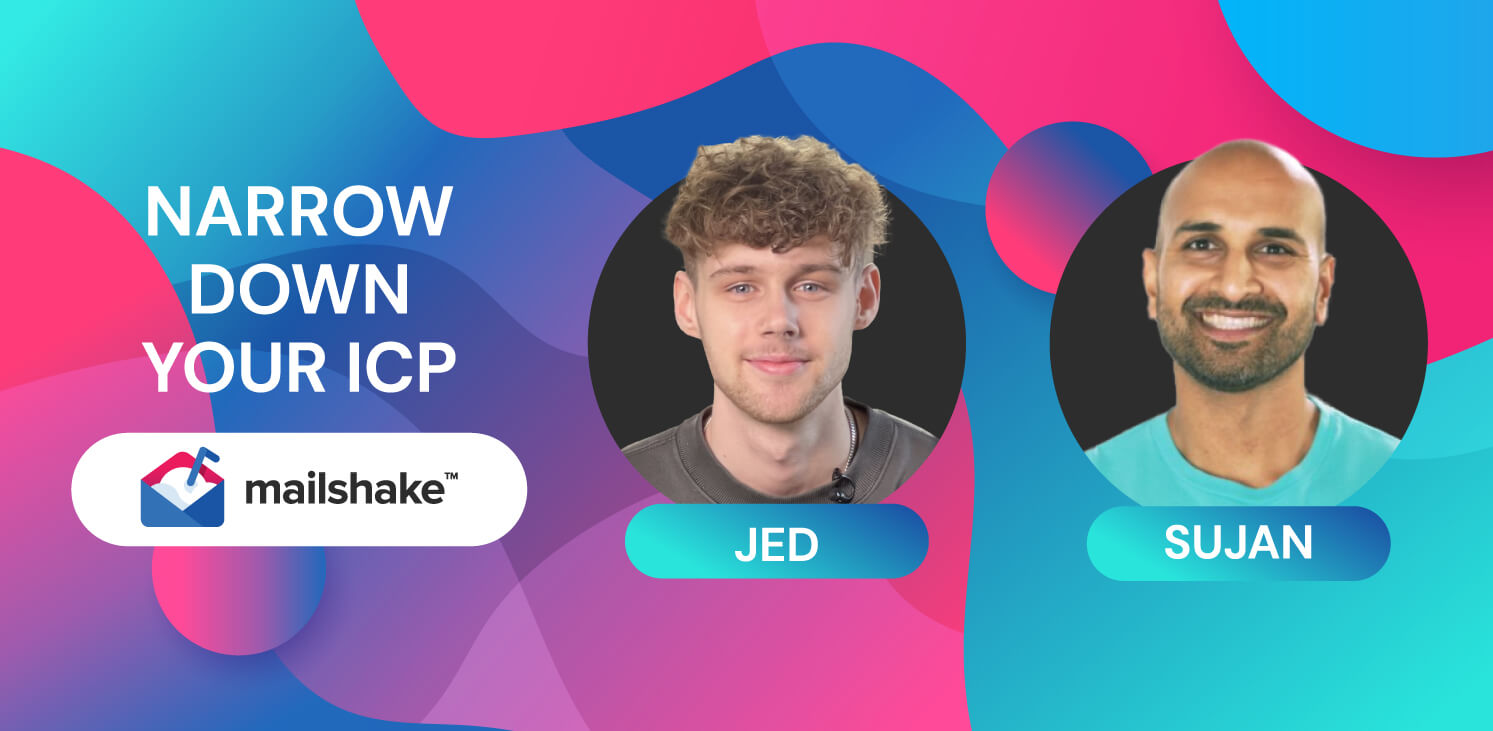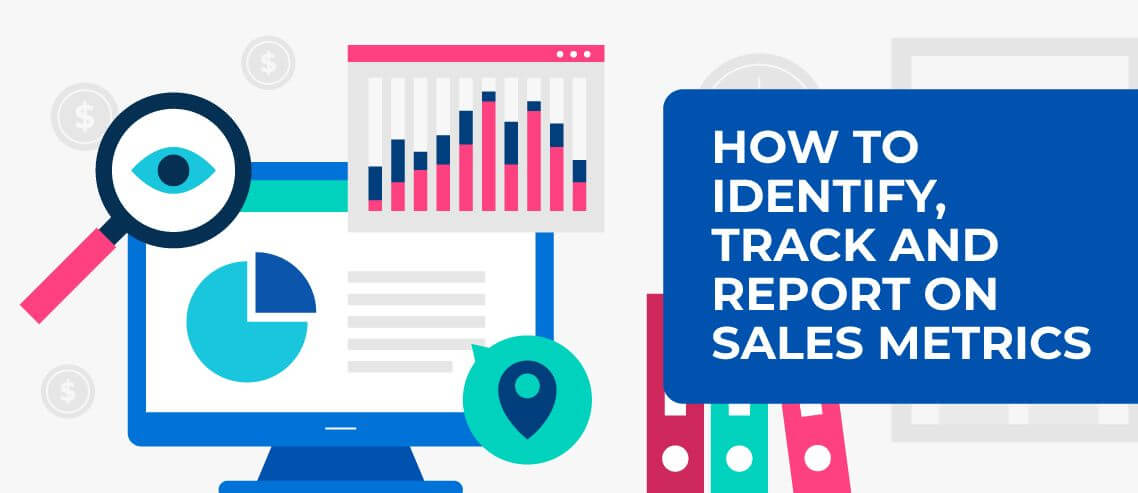What Is Sales Enablement? Complete Guide for 2025

Contents
Gone are the days of spamming an email list or bombarding prospects with phone calls with no real rhyme or reason. Sales teams are now embracing a fresh and engaged approach that is gaining momentum.
Sales enablement is not just a passing trend; it is a method that delves into the customer’s journey. Empower the sales team with essential tools, data, and expertise necessary for successful deal closures. Its effectiveness is undeniable, making it imperative for your sales team to embrace it.
But what is sales enablement, anyway?
What Is Sales Enablement?
The sales enablement process equips sales teams with the resources and information they need to sell more effectively. This includes everything from providing salespeople with access to accurate and up-to-date sales data to training them on new products and features and facilitating communication between other departments.
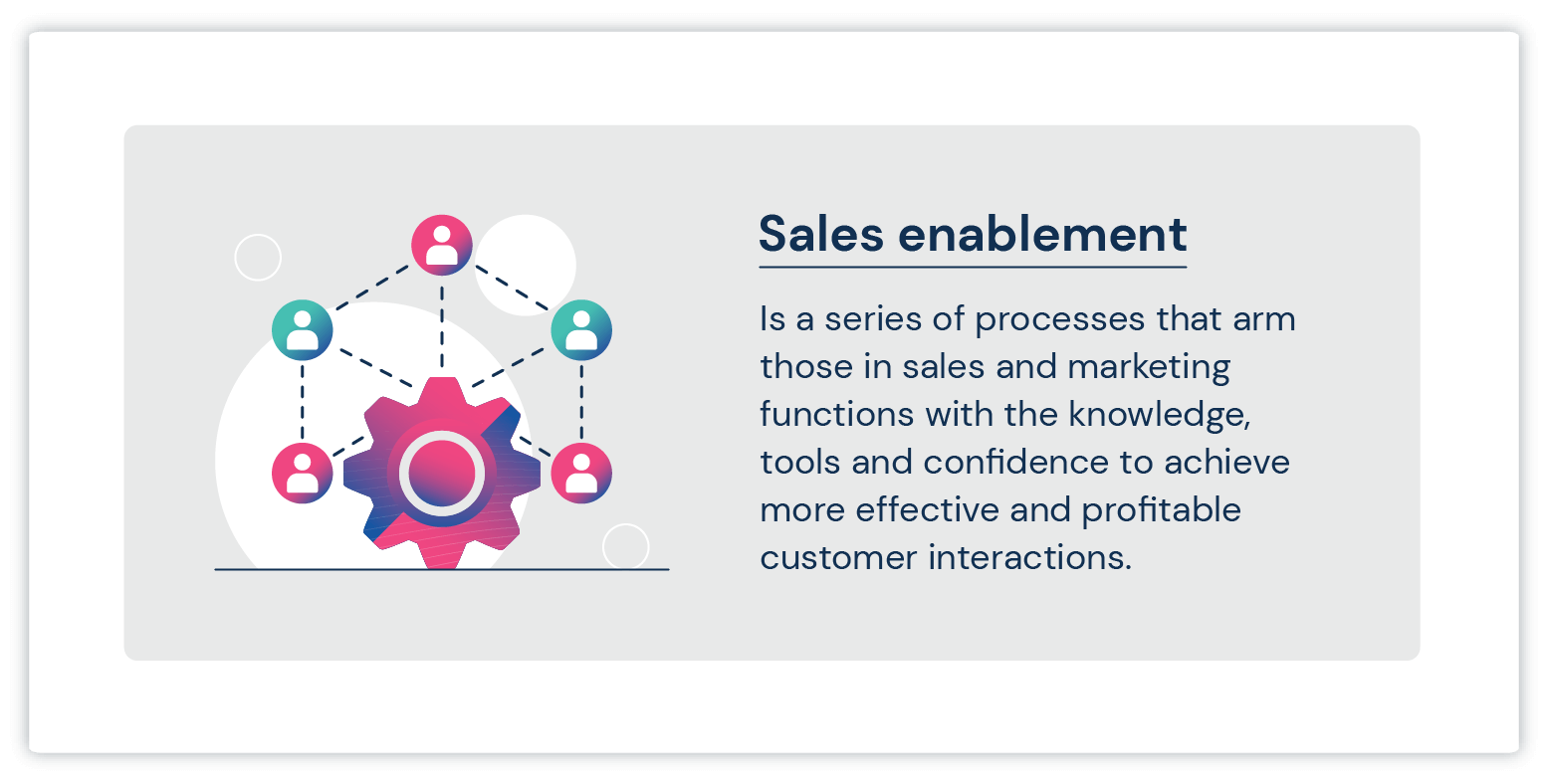
Why Is Sales Enablement Important?
Did you know that the lack of coordination between sales and marketing teams costs companies as much as $1 trillion per year in the U.S. alone?
That’s a huge number – and one of the primary reasons having a sales enablement process in place is vital now more than ever.
Sales enablement helps bridge the gap between marketing and sales by providing valuable insights that can help marketers better understand target customers while providing necessary tools and training to help salespeople close deals.
Now, more than ever, sales and marketing teams have to slicken up their act and get even closer to their customers. They need to truly understand their customers’ challenges and use data-based insights to prove their worth.
There’s no one-size-fits-all approach, which is why sales teams need to become better equipped with the knowledge, tools and support to help them develop stronger, more profitable business relationships with their customers.
Statistics show that any business that implements sales enablement best practices is more likely to uncover the secret sauce to improved sales success.
A study from CSO Insights, the research division of the Miller Heiman Group, shows that nearly two-thirds of sales organizations currently have a dedicated person, program or function for sales enablement.
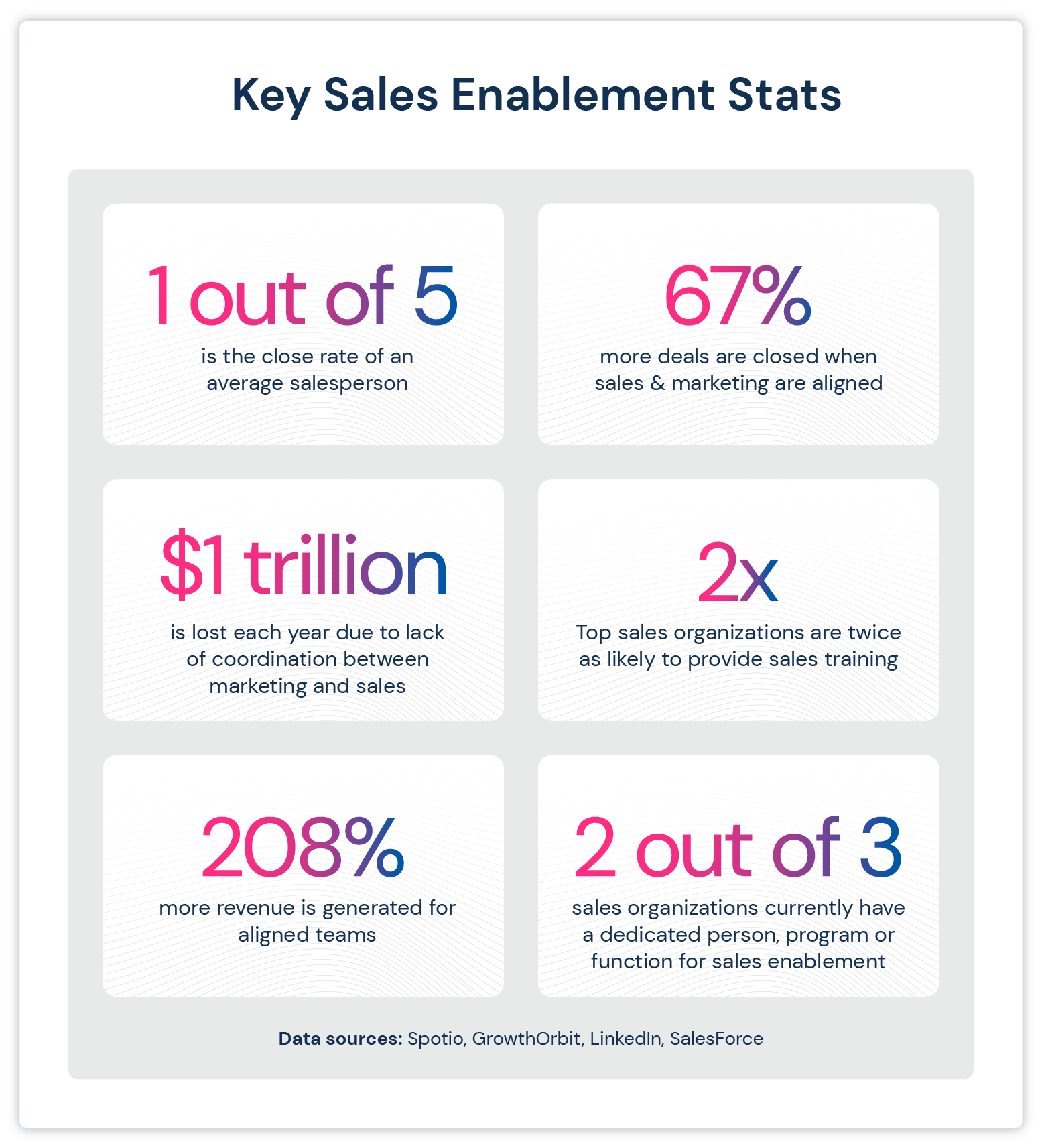
Sales Enablement Functions
Sales enablement is a relatively new field and there is no one-size-fits-all definition.
A good sales enablement program provides a holistic approach to sales improvement customized for the organization it supports.
When you break it all down, however, a few key functions emerge as commonplace in nearly all sales enablement strategies:
- Training provides an ongoing knowledge base that can help salespeople stay on top of trends, understand their products and maintain a consistent and measurable approach to sales.
- Coaching provides one-on-one support for frontline sales, marketing and leadership teams alike to embed learning and inspire confidence.
- Tools provide salespeople with the resources they need to understand and provide value to their prospects. This includes playbooks, sales templates, CRM systems, and more.
But a solid sales enablement strategy doesn’t end there.
Sales enablement should be viewed as a bridge that connects other parts of the business.
- Sales operations could gain valuable insights from the sales enablement process that can help inform tech infrastructure, plan compensation and more.
- Marketing teams can better understand their target customers and create content based on insights derived from a comprehensive sales enablement process.
- Business support teams like human resources could benefit from improved retention thanks to better support and greater access to resources provided by a sales enablement process.
- Talent acquisition can also see dramatic improvements in retention by supporting the assessment and onboarding of future sales colleagues.
Who Owns Sales Enablement?
This question has been debated throughout blog posts across the web, but the answer is complex.
It’s a process shared between both sales and marketing teams.
Great, but how does that even work?
Creating a solid sales enablement framework will require strong leaders from both marketing and sales to work together to determine who is responsible for what.
- The marketing team is often responsible for creating content and training so that salespeople have the information they need to close deals.
- The sales team is typically responsible for collecting feedback and insights from the sales process and packaging it in a digestible format for the marketing team to use effectively.
Both teams are responsible for implementing the other’s insights, though the management of these processes can be broken down even further.
Use the RACI Matrix
One popular approach to project management is the RACI matrix. It’s a system that outlines who is responsible for what and how information is communicated between teams.
In this system, each team member is assigned a role:
- Responsible: the team member who is responsible for carrying out the task
- Accountable: the team member who is accountable for the success or failure of the task
- Consulted: the team member who should be consulted when making decisions about the task
- Informed: the team member who needs to be kept up to date on progress related to the task
Using the RACI framework, roles within a sales enablement initiative might be broken down like this:
- Responsible: sales enablement manager
- Accountable: sales or marketing team lead
- Consulted: sales and marketing managers
- Informed: sales and marketing teams
Sales Enablement vs. Sales Operations
It’s important to understand the difference between sales enablement and sales operations.
It can be particularly confusing because there is a lot of overlap, but generally speaking, sales operations is focused on the process and infrastructure of sales, whereas sales enablement is focused on equipping salespeople with the resources they need to be successful.
Sales operations is concerned with things like:
- Setting up sales infrastructure
- Creating sales territories
- Defining quotas and targets
- Managing commissions
In contrast, sales enablement focuses on things like:
- Creating sales materials
- Training salespeople
- Providing access to market intelligence and research
- Helping salespeople troubleshoot issues
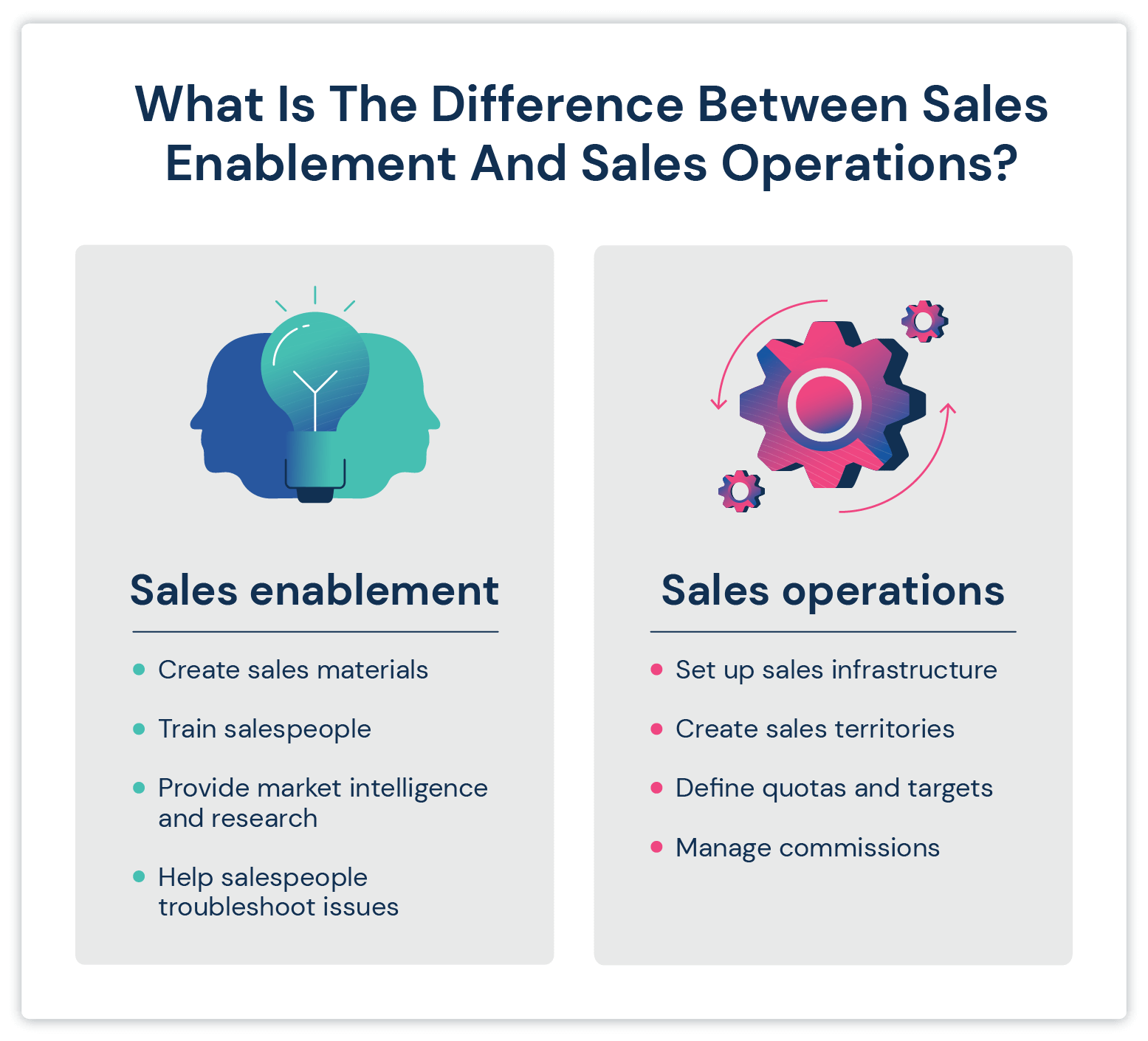
Sales Enablement Framework
A sales enablement framework is a set of processes and practices designed to help sales teams sell more effectively. It starts with strategy and ends with tracking, and should cover everything in between.
Sales Enablement Strategy
The first step in any sales enablement framework is to align sales and marketing around a common objective with a clear outline of how and what will be done to accomplish that objective.
Here are the key elements required to strategize successfully:
- Build team
- Identify buyer’s journey
- Set goals & KPIs
- Create a plan
Why it’s important: Businesses lose $1 trillion each year in decreased sales productivity and wasted marketing efforts when marketing and sales are not aligned. A comprehensive strategy can help teams communicate more effectively and close more deals for the company.
Sales Training and Coaching
It’s not enough to give salespeople a goal to meet – they also require quality training and coaching on how to meet that goal.
Training and coaching will help salespeople adopt a consistent and measurable approach to sales.
Training provides salespeople with the knowledge they need to be successful, while coaching helps them apply that knowledge in the field.
The best sales enablement programs provide both formal and informal opportunities for salespeople.
Formal training might include sales boot camps, webinars, e-learning modules and certification programs, while informal training might include lunch and learns, sales competitions and mentorship programs.
Coaching, on the other hand, may include things like creating templates for salespeople to use, sharing product demos and walk-throughs, and one-on-one Q&As.
Why it’s important: The whole point of sales enablement is to give salespeople the tools they need to meet their goals and close deals.
Sales training and coaching can help salespeople do just that. As much as 65% of employees believe that quality training helps them remain engaged. And when you consider the fact that 80%-90% of training is lost after just one month, continued education and coaching are key in a successful sales enablement framework.
Sales Content
Sales content is another critical aspect of sales enablement. This is the content that salespeople will refer prospects to in order to help drive home a deal.
It is rare that a salesperson will be able to close a deal by providing little to no information to a potential customer. They may need some help easing the prospect through their journey. This is exactly where sales content comes in.
Sales content includes but is not limited to:
- Email templates are one of the most vital and helpful pieces of sales content out there. These can be utilized in every situation and for every buyer persona to help the salesperson increase their chances of securing a response.
- Blog posts or guides can help establish your brand as an authority in the space. Likewise, this content can help inform potential customers exactly why they might need your product.
- E-books can also help cement your brand as an authority while providing an in-depth look at what your product is hoping to achieve.
- Case studies act as a sort of social proof, highlighting a problem many people face and showing how your product solved the problem.
- Sales decks are the most complete overview of your company and your product. A proper sales presentation will identify a problem, present a solution and highlight the features and benefits of your product, all using accessible imagery and sound data to back up your claims.
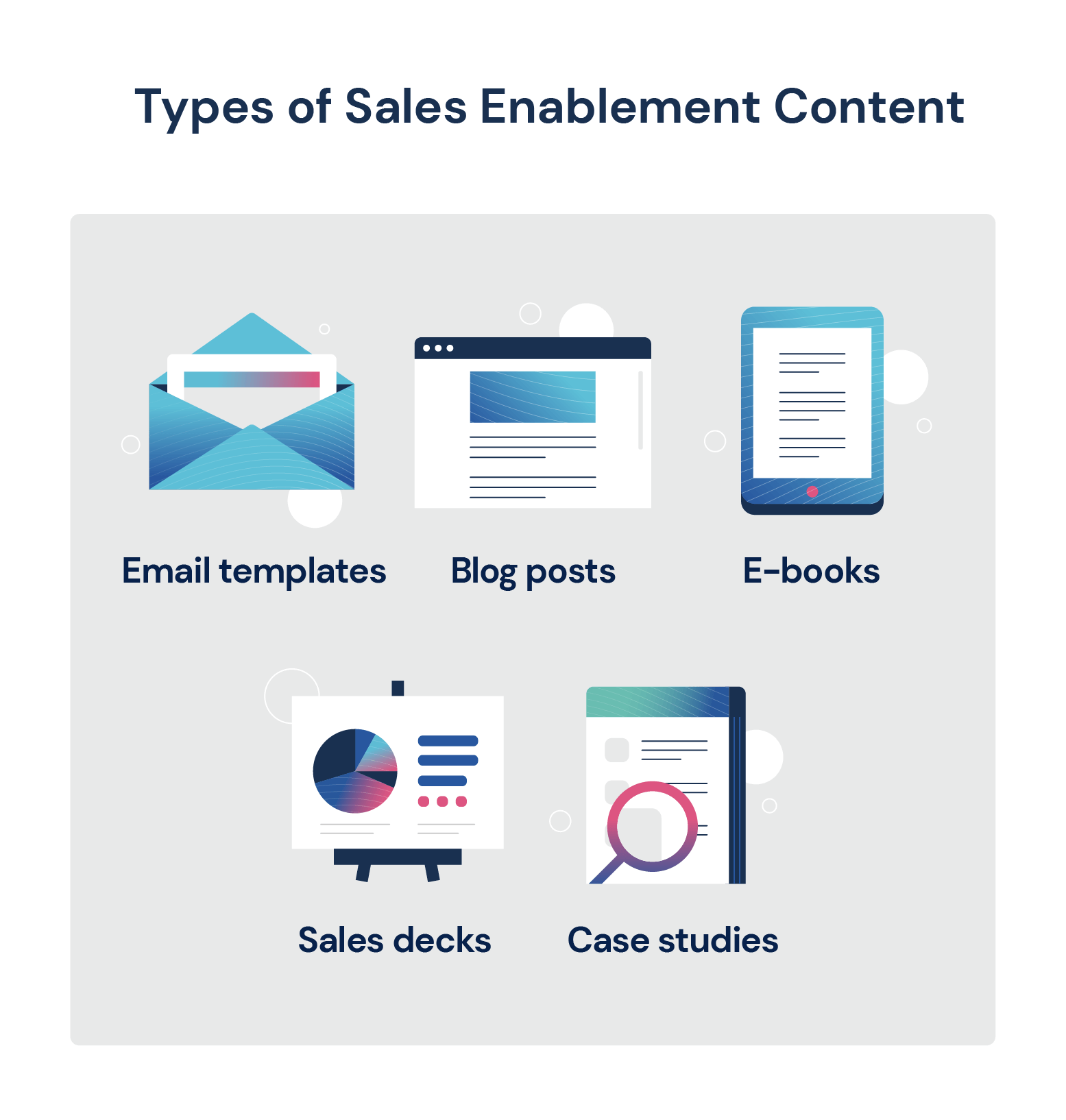
Why it’s important: Having the right sales enablement tools and content at your disposal can be the difference between closing a deal and sending (yet another) follow-up email.
Did you know that sales reps are wasting as much as 440 hours every year trying to locate the right content to share with their prospects? As buyers increasingly favor digital interactions, it’s becoming more important for salespeople to have compelling content when and where they need it.
Sales Enablement Technology
A strong sales enablement strategy will also consider new technology and software to help salespeople achieve their goals.
Sales tech can include things like customer relationship software, email automation, training platforms and more.
Some common sales enablement software salespeople might use include:
CRM (customer relationship management) software can help salespeople see who their customers are, their buyer personas, when they were contacted and if they’ve been followed up with.
Email automation tools are vital in any sales strategy. Salespeople can use automation to reach out to prospects, follow up with potential customers and implement templates to optimize their outreach efforts.
Learning management systems can help sales enablement managers see who has been trained in what areas to ensure salespeople have all the information they need to close deals effectively.
Sales coaching tools can bring all the helpful tools under one roof, including support, development, educational materials, motivation and advice.
Data and analytics software are vital in understanding your customer’s journey. These tools help track where customers are falling off, understand what content might be most helpful and even give teams valuable feedback on conversion rates.
Why it’s important: Simply put, technology makes salespeople’s lives easier. By facilitating the sales process using technology, a company can help save its salespeople time, create more dynamic customer journeys and, most importantly, close more – and bigger – deals.
Tracking Outcomes
It’s important to note that sales enablement is a never-ending process. After you’ve gone through all the steps, you will need to see how everything is performing and adjust your strategy accordingly.
Tracking outcomes is a key piece of this process. Not only will it provide your team with valuable insights into the customer’s journey, it will also help you to make data-driven decisions about your sales enablement strategy.
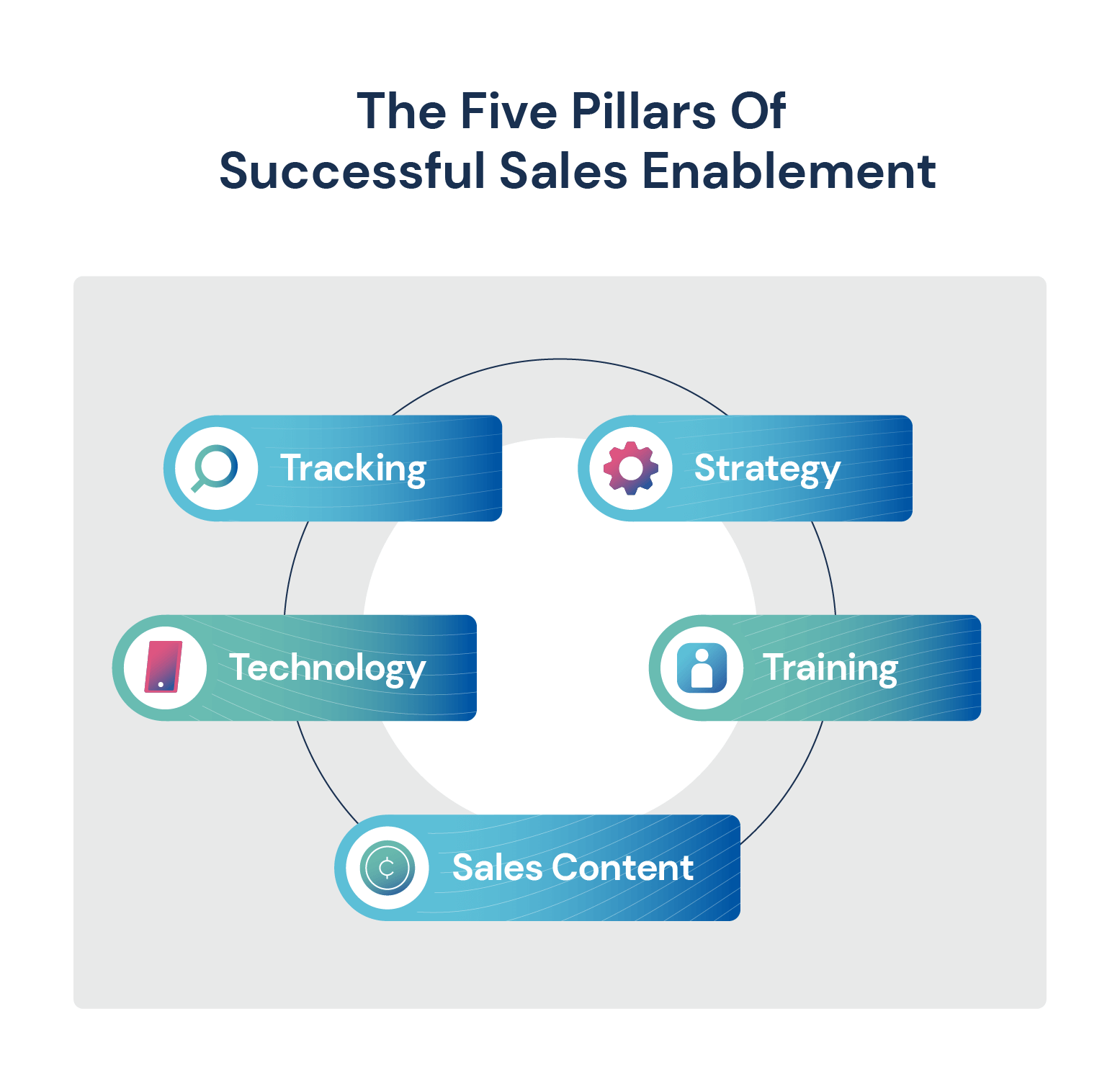
Sales Enablement in the Customer Journey
Sales enablement doesn’t just happen in a silo – it’s integrated into the sales process and journey.
To be successful, sales enablement must align with the buyer’s journey. This means creating content and resources that salespeople can use at each stage of the journey, from awareness all the way through to advocacy.
Awareness
Awareness is where the customer learns about your brand. This can occur in banner ads, social ads, SEO blog posts or email.
Sales enablement through the awareness process involves optimizing buyer personas through data collected from ad campaign interactions and website visits.
Once you know who your target customer is, sales enablement can help create targeted content that resonates with them. This could be blog posts, e-books, webinars or even podcasts.
A prospect hearing your brand’s name for the first time isn’t likely enough to generate sales – but it is the start of a relationship that sales enablement must nurture.
Interest
Interest occurs when the prospect begins to engage with your brand. They might sign up for a newsletter, download an e-book, register for a webinar or request a demo. In short, the prospect is now aware of your brand and would like to know more.
At this stage, a solid B2C or B2B sales enablement strategy should provide salespeople with resources that will help them build relationships and establish trust.
From there, sales enablement should focus on driving potential customers further down the sales funnel by providing them with valuable content that educates and informs them about your product or service.
This is where sales operations comes in. Sales operations manages and optimizes the sales process from start to finish. This department is responsible for sales planning, forecasting, target setting, pipeline management and sales enablement reporting.
Engagement
Engagement is when the prospect engages with your content or content relating to your brand.
Some sales experts might say that engagement is a key sales metric, but it’s more important to think of engagement as a way to nurture your relationships with prospects.
Sales enablement is all about creating content and experiences that engage prospects and help them move closer to a purchase decision.
Engagement can take many forms, such as:
- Downloading a white paper or e-book
- Registering for a webinar or event
- Subscribing to a newsletter
- Liking, sharing or commenting on social media posts
When prospects are engaged, they are more likely to remember your brand and consider you when they are ready to make a purchase.
Conversion
A conversion is when the prospect becomes a customer. But the journey doesn’t end there.
A strong sales enablement strategy will analyze where and how the conversion happened and use that information to create more marketing materials to increase the chances of future conversions.
There are four main types of conversions:
- Leads to sales
- Sales to upsells or cross-sells
- Customer renewals
- New customer acquisition
Each type of conversion is equally important, as they all translate to increased revenue for your business.
Advocacy
This is the stage of a customer’s journey where they begin to help YOU sell.
An advocate is a customer who loves your product and their experience so much that they are telling their friends and family to buy it.
Advocates can also be salespeople’s best friends.
They can provide salespeople with social proof, help them close deals and even do some of the selling for them.
Just because someone bought your product doesn’t mean you should forget about them! A good sales enablement strategy will not only focus on making a sale, but also on turning that customer into an advocate.
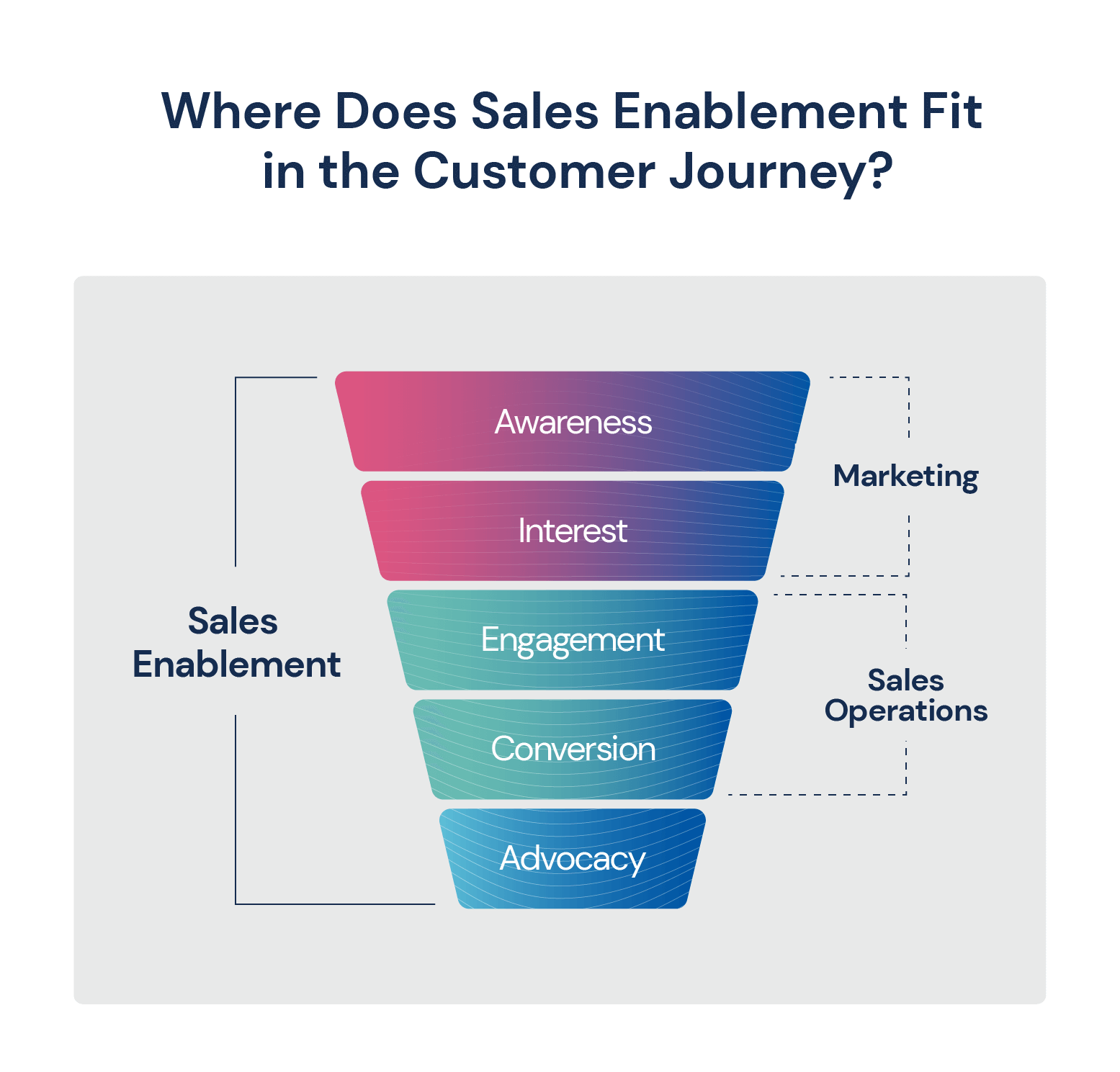
How To Measure Success: Sales Enablement Metrics & KPIs
To show the impact of sales enablement initiatives, it’s important to track metrics and KPIs.
Doing so lets you see what’s working well and where there may be room for improvement. Some common sales enablement metrics and KPIs include:
- Increased revenue
- New client wins
- Sales cycle length
- More productive sales time
- Customer satisfaction
- Trusted partner status
Increased revenue
Increased revenue may just be the most important sales enablement metric.
After all, sales enablement is designed to increase revenue by making it easier for sales teams to sell. If you don’t see an increase in revenue, it’s a good indication that something isn’t working and needs to be fixed.
New client wins
If your sales team is bringing on new clients at a higher rate than before, it’s a good sign that sales enablement is working.
This KPI can be measured by looking at the number of new clients brought on each month or quarter. You can also look at the total value of new business deals closed.
Sales cycle length
The sales cycle is the length of time it takes from when a salesperson first contacts a lead to when that lead is closed. A shorter sales cycle is generally a good sign that your sales enablement strategy is working.
This KPI can be measured by looking at the average length of the sales cycle for new deals.
More productive sales time
Salespeople should spend more time selling and less time on administrative tasks. With a solid sales enablement strategy in place, sales and marketing teams will find they have more time for customer-facing activities.
This KPI can be measured by the percentage of salespeople’s time spent on activities like prospecting, networking and attending sales meetings.
Customer satisfaction
Customer satisfaction can be measured in a number of ways, but one common metric is the net promoter score (NPS).
A high NPS is a key indicator of customer satisfaction and loyalty, which are essential for a business’s long-term success – and it’s easy to measure.
The NPS is measured by simply asking customers how likely they are to recommend your company’s products or services to a friend or colleague. That’s it. And if the score is high, it means your sales enablement process is working!
Trusted partner status
Another important sales enablement metric is Trusted Partner status (TPS). This metric measures how salespeople are perceived by their customers.
A high TPS score indicates that salespeople are seen as trusted partners who understand the customer’s business and can be relied on to provide valuable insights.
A low TPS score, on the other hand, indicates that salespeople are seen as pushy or uninformed about the customer’s business.
TPS is an important metric because it directly affects the relationship between salespeople and customers. A strong relationship is essential for successful sales.
Sales Enablement Best Practices for 2024
Sales enablement is a fairly broad process, and it would be impossible to provide a single solution that would apply to every business. However, some sales enablement best practices can be adopted by any organization.
Some of the most important sales enablement best practices include:
- Defining clear objectives and goals for the sales team
- Identifying the skills and knowledge gaps within the sales team
- Creating targeted training and development programs to close those gaps
- Providing salespeople with access to high-quality sales content and resources
- Implementing systems and processes to track and measure sales performance
- Considering customer needs and satisfaction
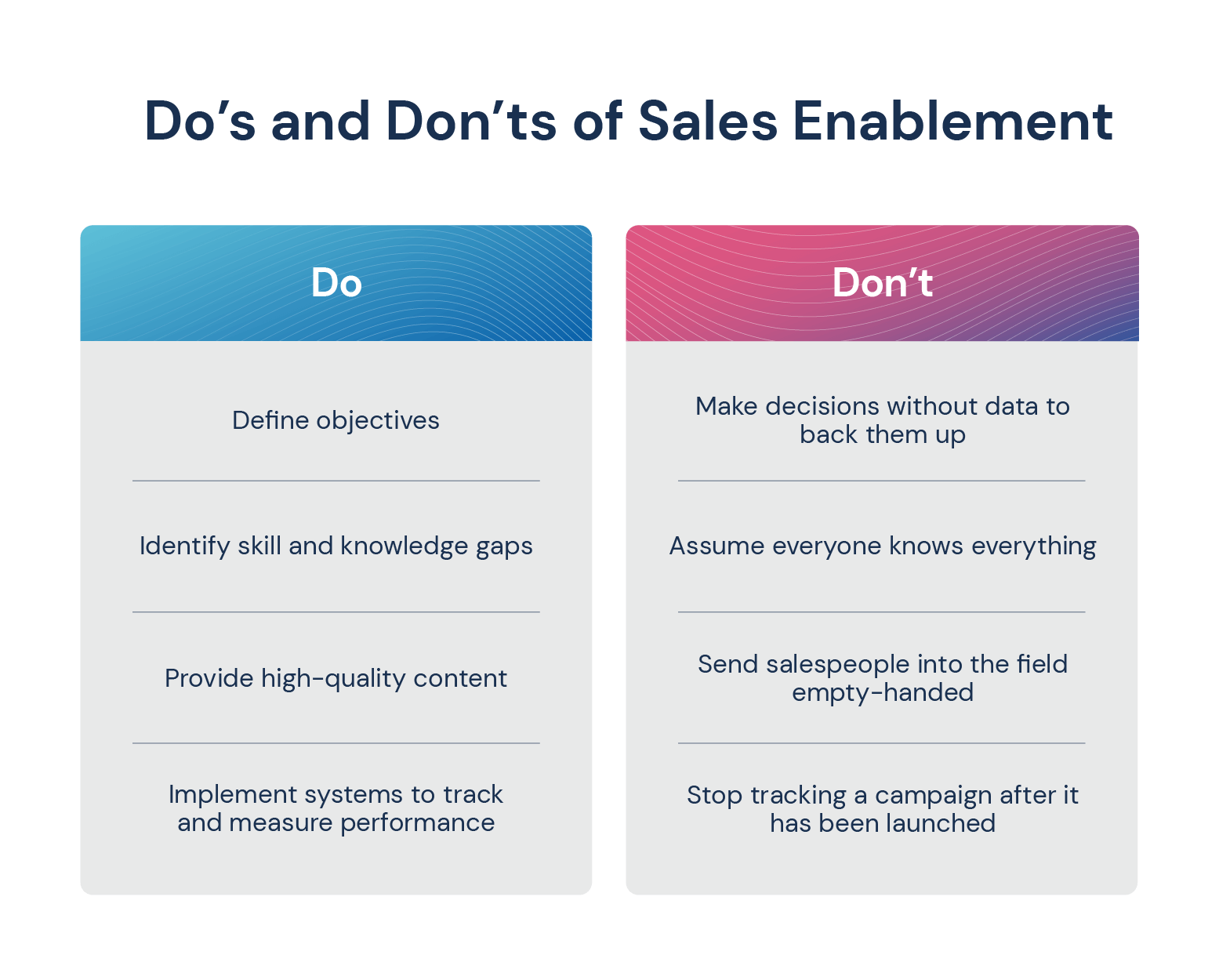
Sales Enablement Frequently Asked Questions (FAQs)
Creating a solid sales enablement process is no small feat. It requires careful planning and execution, and even then, there are bound to be some hiccups along the way. Here are a few frequently asked questions that may help you build your own strategy:
Do I need sales enablement if my sales team is small?
Yes. Sales enablement is a process that can help provide your team with valuable resources that help them close deals, and it can be applied at any time.
Who owns sales enablement?
Depending on who you ask, the answer may differ. The short answer is that both sales and marketing own sales enablement, as the steps in the process require both teams.
Is sales enablement the same as sales operations?
Though the processes share a common goal, sales operations and sales enablement are different. Operations is typically focused on infrastructure, while enablement is focused on equipping salespeople with the tools they need to be successful.
When does sales enablement end?
Never. Sales enablement is a strategy that involves implementing lessons acquired from data throughout the sales process. The sales enablement team should be focused on continuously improving the sales process.
Are sales and marketing the same?
Many people use the terms “sales” and “marketing” interchangeably, but they are two different functions within a company. Sales is focused on generating revenue by closing deals with customers, while marketing is focused on creating awareness and demand for a company’s products or services.

